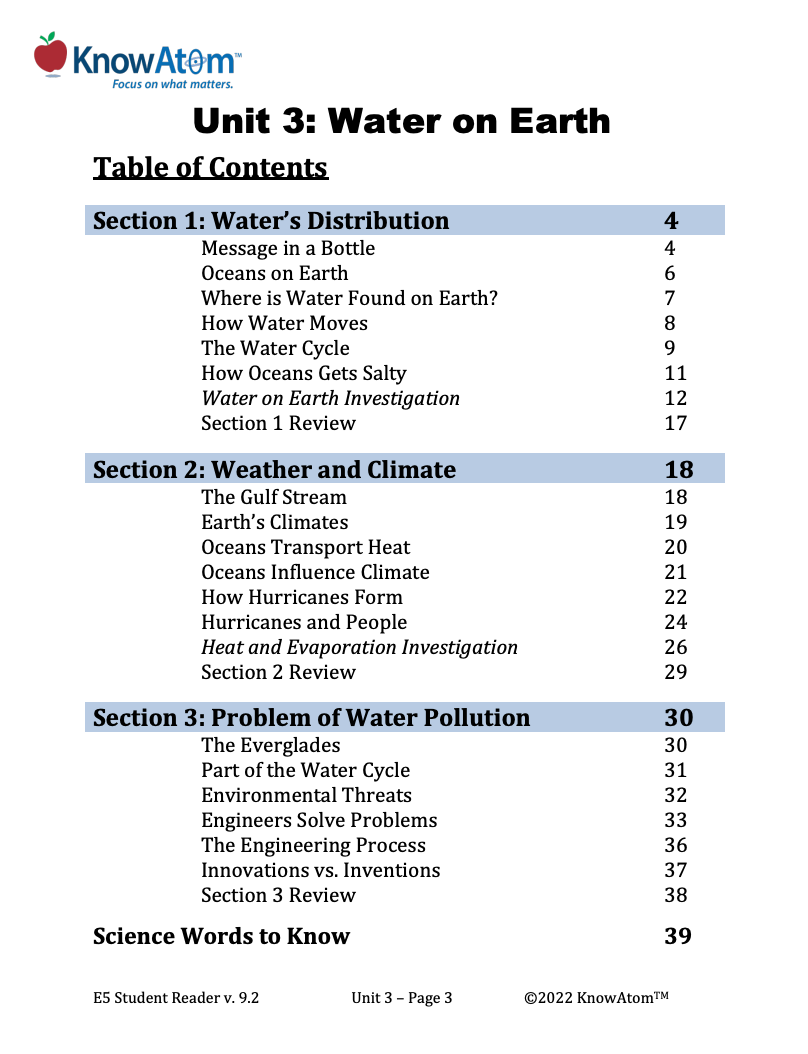
In this unit, students analyze the science phenomena of the important role that oceans play in regulating Earth’s climate. In this lesson, they focus on how oceans interact with other Earth systems to distribute water and heat around the planet, resulting in various weather patterns, including hurricanes. This page highlights key components of this lesson.
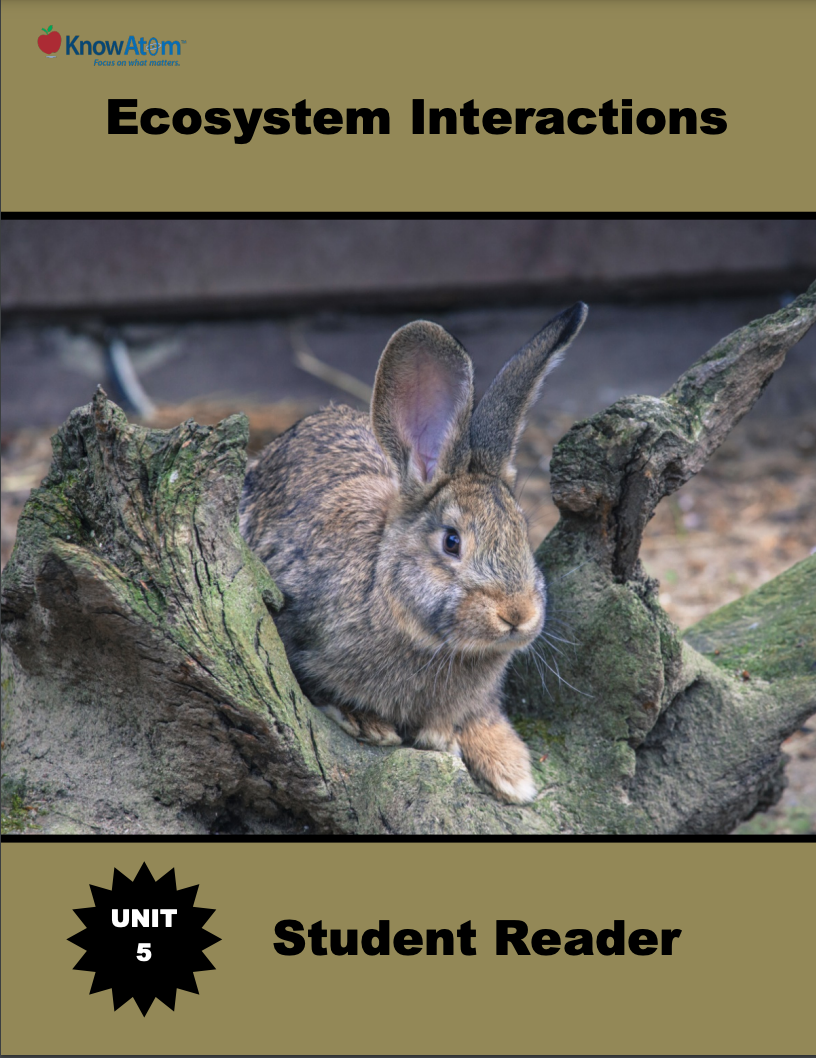
In this unit, students focus on how environmental changes impact the ability of organisms to survive, grow, and reproduce, passing their traits on to future generations. In this lesson, students continue their analysis of how a plant’s structures allow it to grow and develop, focusing on how a change in the environment such as pollution can impact a plant’s ability to complete its life cycle. Specifically, students investigate how acid rain affects the external structures of aquatic plants. This page provides an overview of this lesson.
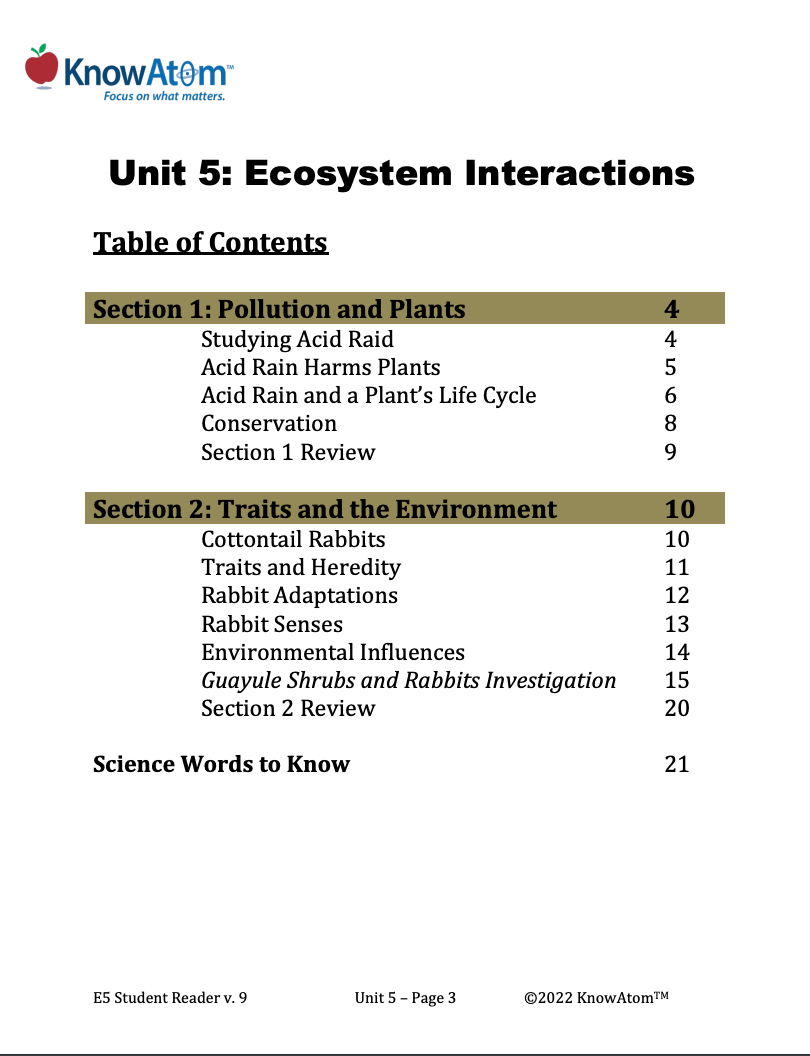
In this unit, students evaluate the science phenomena of how a change to an ecosystem can impact the living things that make it up. In this lesson, students explore how a change to the kind of plants in an environment results in a ripple effect phenomena on predation in the area. This page is a high-level extract of this lesson.
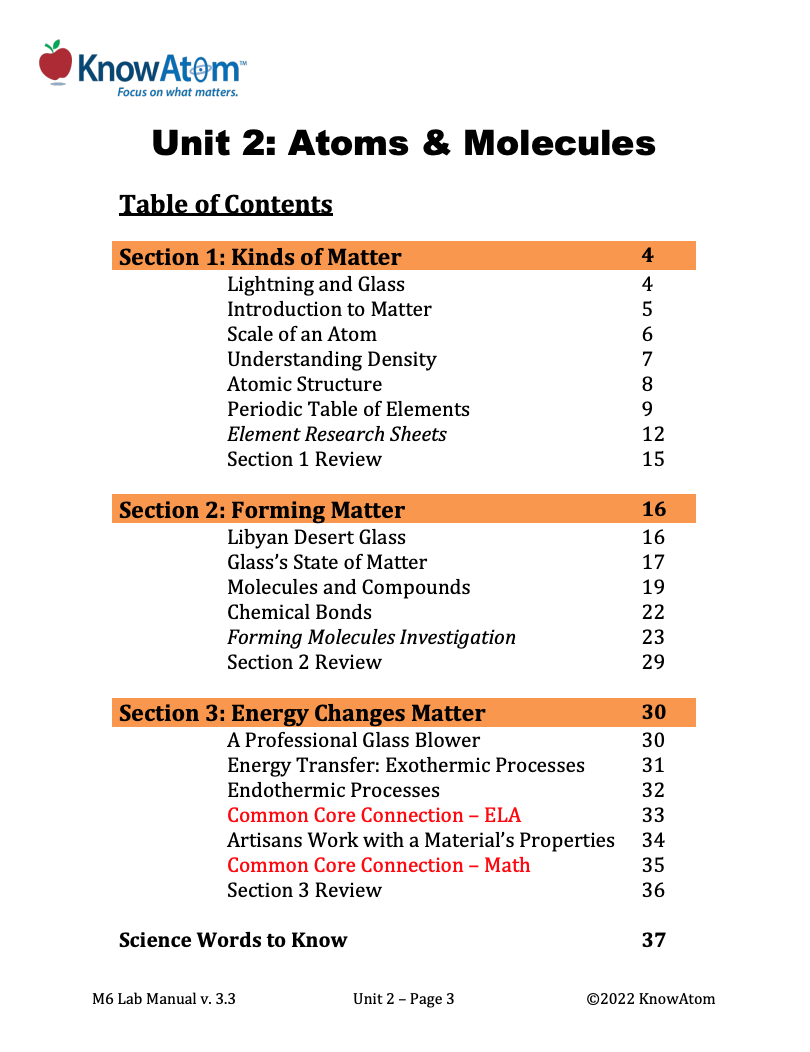
In this unit, students explore the science phenomena of interactions between energy and matter, analyzing how matter can only change when enough energy is present. In this lesson, they investigate the structure of molecules, relating this structure to the matter’s properties. This page is a high-level extract of this lesson.
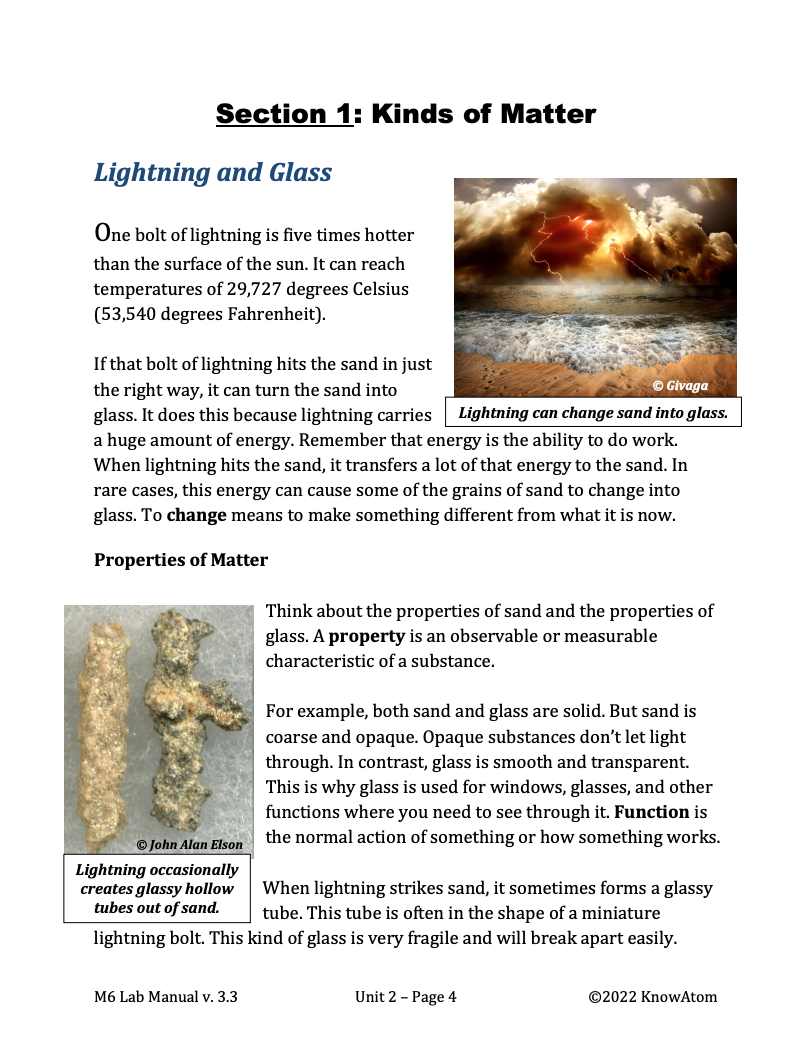
In this unit, students build on their knowledge of energy by exploring the relationship between energy and matter. In this lesson students conduct an investigation into the science phenomenon of how energy is transferred in an endothermic reaction. This page provides an overview of this lesson.
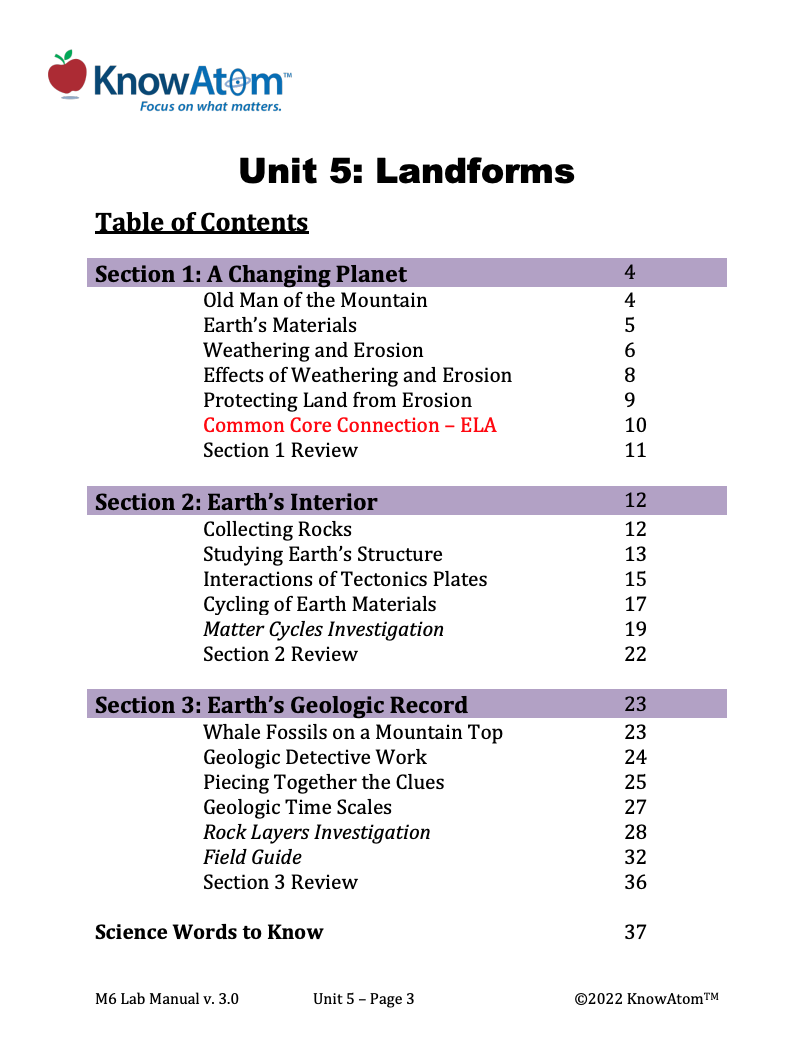
In this unit, students focus on the processes that cycle Earth materials, connecting the movement of water in the water cycle and wind with changes to Earth’s surface through weathering and erosion. In this lesson, students explore the science phenomena of how convection in Earth’s mantle causes the tectonic plates to move, creating many of Earth’s landforms. This page showcases key components of this lesson.
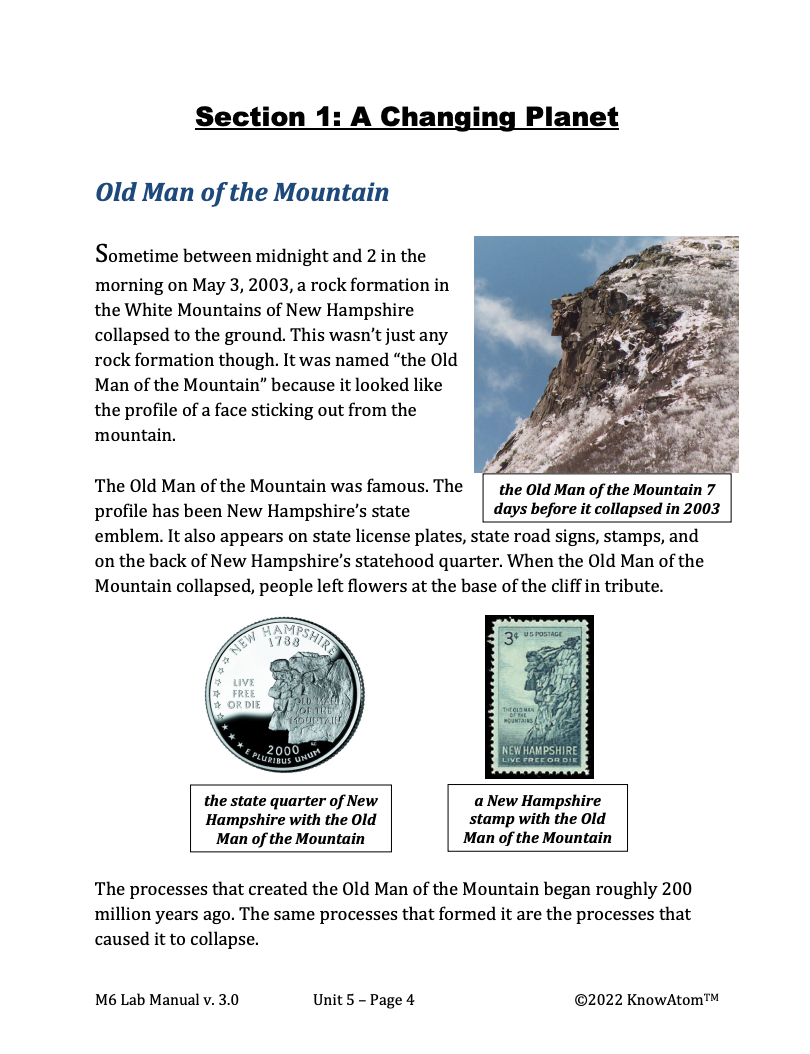
In this unit, students explore phenomena that change Earth’s surface over time, analyzing how weathering, erosion, and convection in the mantle are three phenomena that help to cycle Earth materials. In this final lesson of the unit, students use their knowledge to analyze the science phenomena of rock strata, thus reconstructing Earth’s geologic history. This page showcases components of this lesson.
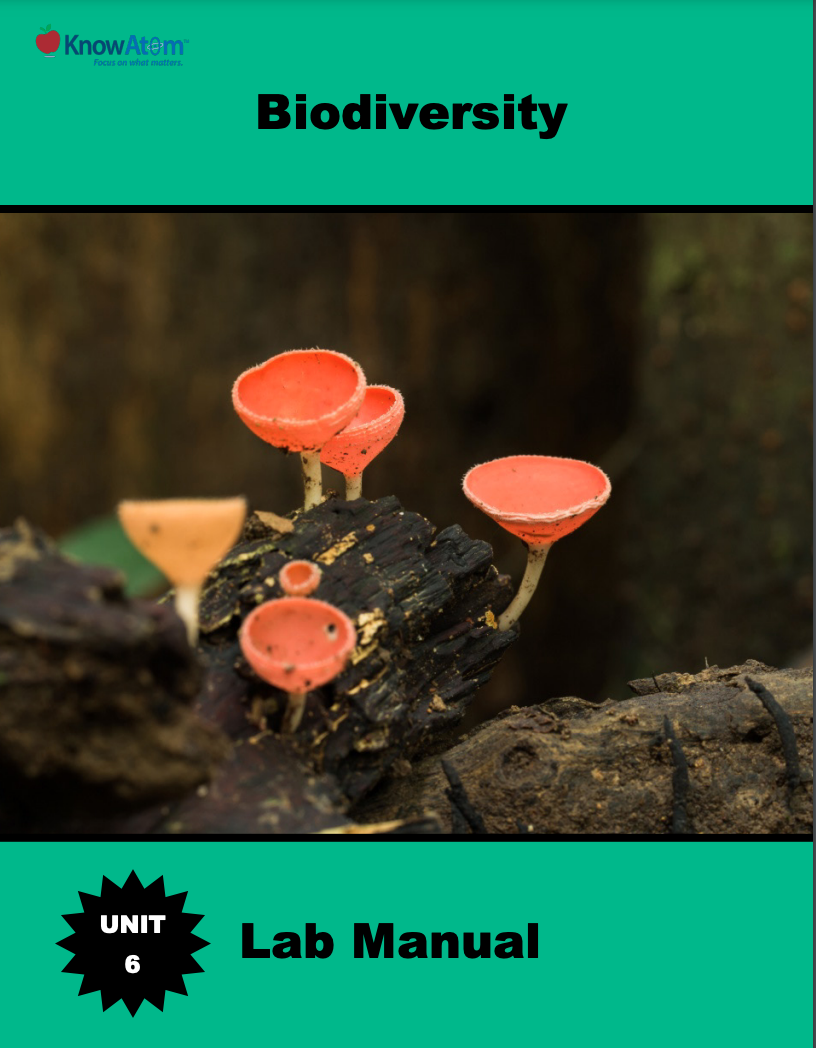
In this unit, students explore the phenomena of diversity of life on Earth and consider how living things pass on traits to their offspring while also adapting to meet the needs of the environment. In this lesson, students figure out how scientists use the fossil record for clues to how life has evolved over time. This page highlights key parts of this lesson.
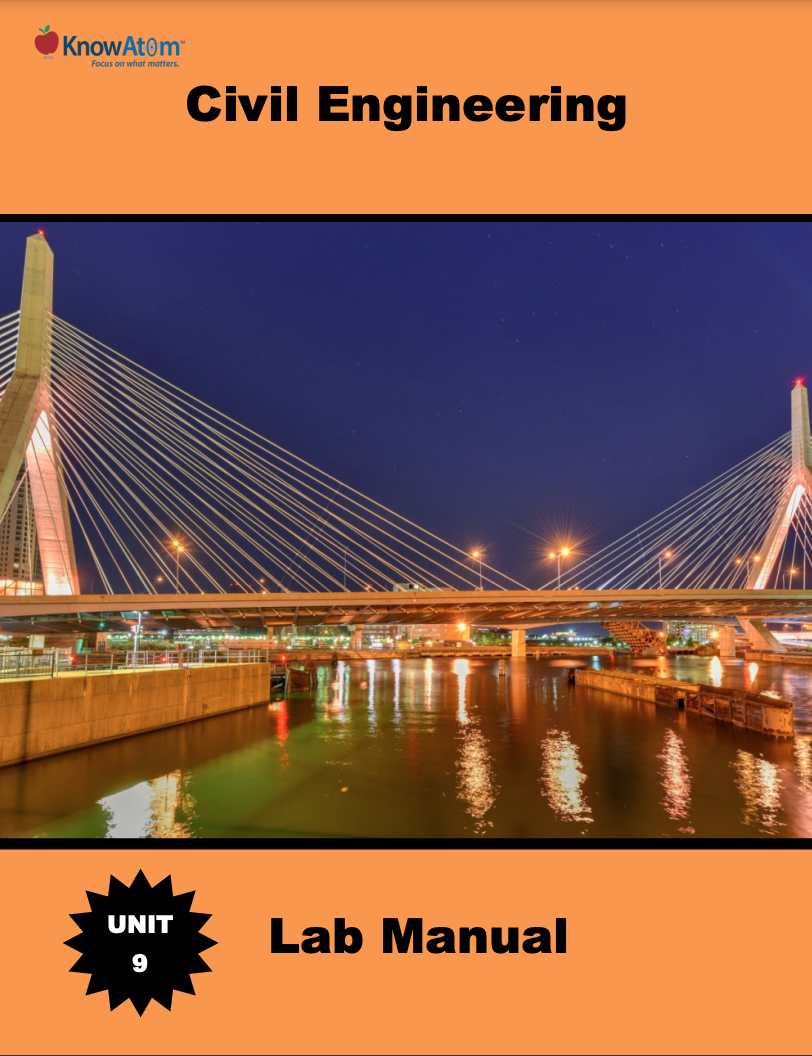
In this unit, students explore forest ecosystems, studying the science phenomena of interactions between living things and the environment. In this lesson, students build on their understanding of how energy affects the growth of organisms by exploring the phenomena of forest food webs, and analyzing how the phenomena of drought can have a ripple effect through the ecosystem. This page showcases all components of this lesson.
Standards citation: NGSS Lead States. 2013. Next Generation Science Standards: For States, By States. Washington, DC: The National Academies Press. Neither WestEd nor the lead states and partners that developed the Next Generation Science Standards were involved in the production of this product, and do not endorse it.
